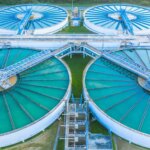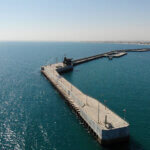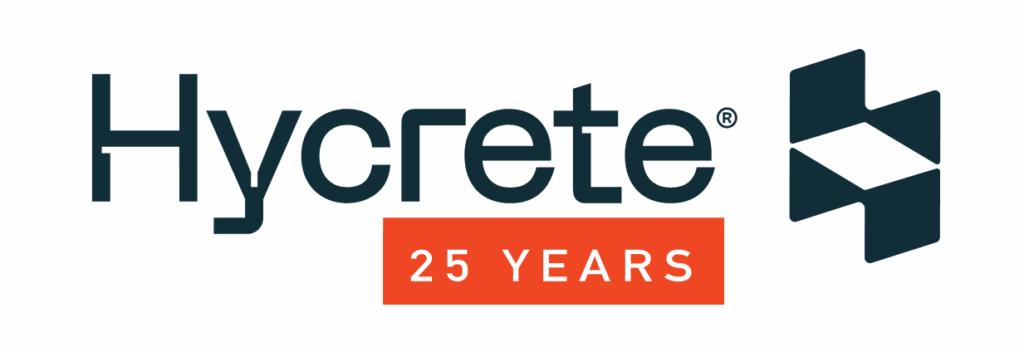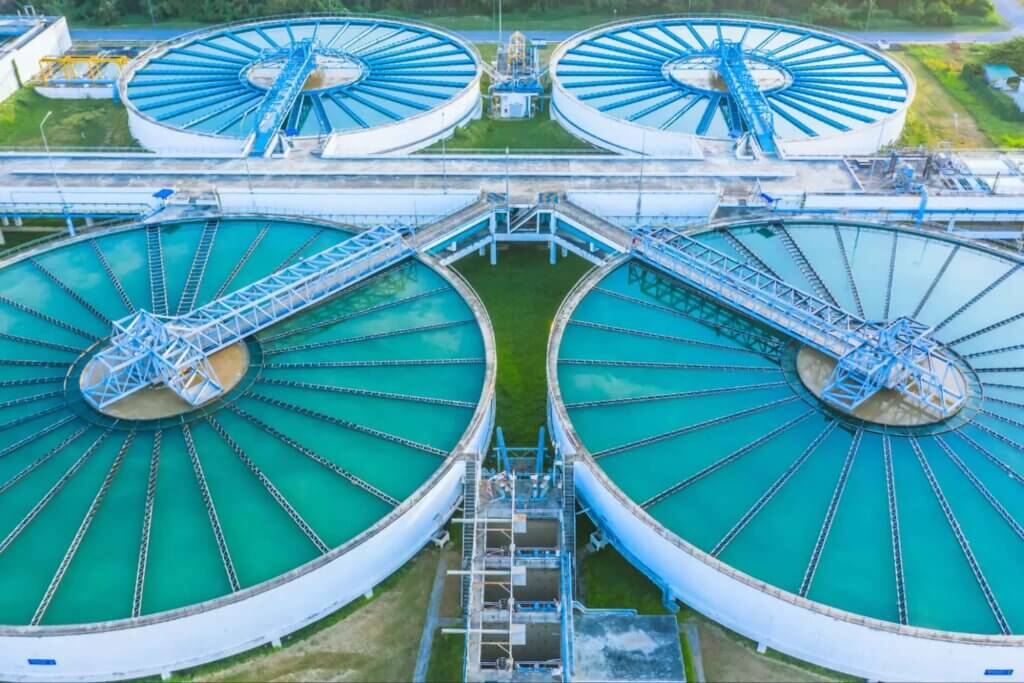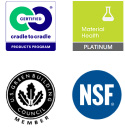When it comes to protecting concrete from water damage and corrosion, the line between water resistance and true waterproofing is often blurred. Misconceptions are prevalent in today’s construction industry, with hydrophilic admixtures and various surface treatments being marketed as full waterproofing solutions. In reality, such products often only provide limited water resistance or temporary protection.
For building owners, architects, engineers, and contractors looking to enhance their projects’ long-term structural durability, it’s crucial to separate fact from fiction – to analyze the true efficacy and long-term performance of your concrete protection strategy.
Waterproofing isn’t just about stopping immediate leaks at the surface. It’s about preventing moisture intrusion throughout the entire matrix, all the way down to the rebar, and maintaining that level of protection for the lifetime of the structure.
Does it really matter which concrete waterproofing method you choose?
Fiction: Any waterproofing method will suffice.
This is one of the most common misconceptions in the industry. Hydrophilic crystalline admixtures are often sold as permanent waterproofing solutions. The idea is that when water enters the concrete, the chemicals react with moisture to form insoluble crystals that block the pores. While this sounds effective in theory, it relies on water ingress to activate.
Therefore, such admixtures don’t prevent water from entering, but react after moisture has already started to penetrate. Additionally, their ability to stop corrosion is limited, since they don’t actively prevent moisture from reaching the steel reinforcement within the structure.
Fact: Hycrete waterproofing offers superior waterproofing performance.
Unlike crystalline systems, Hycrete’s hydrophobic admixtures make concrete inherently water-repellent from the start. By filling the pores and capillaries within the concrete matrix, Hycrete prevents water from ever entering the system, not just reacting to it afterward. This built-in approach reduces water absorption to below 1%, keeping moisture, salts, and corrosive agents away from rebar and internal components.
Hycrete also adds long-term corrosion protection by forming a molecular barrier around the steel reinforcement, stopping corrosion before it starts. This proactive design meets ASTM C1582 requirements and eliminates the reliance on reactive mechanisms.
Learn more about Hycrete Compared to Other Waterproofing Strategies
Are applied membranes and/or surface treatments a viable waterproofing solution?
Fiction: Surface membranes and coatings offer dependable waterproofing.
Many builders rely on external membranes, liquid surface coatings, or spray-on protectants for water resistance. These systems are commonly applied post-pour and are often assumed to last the lifetime of the structure.
However, in practice, membranes and various surface treatments are vulnerable to poor installation, mechanical damage, other wear and tear, as well as UV degradation. In other words, water resistance is easily compromised, which means costly maintenance / reapplication becomes necessary. Worse still, repairs are often costly and disruptive, and responsibility frequently gets lost between trades.
Fact: Membrane-free waterproofing eliminates failure points and simplifies construction.
Hycrete’s integral waterproofing eliminates the need for external membranes entirely. By embedding waterproofing directly into the concrete mix, Hycrete removes the most common source of failure: application error. It also reduces project complexity and speeds up timelines by eliminating a separate membrane trade.
Because there’s nothing to puncture, peel, or degrade over time, Hycrete-treated concrete offers permanent protection and peace of mind. This approach reduces litigation risk significantly; membrane failures are among the top causes of construction-related lawsuits.
Learn more about Hycrete vs. Applied Membranes
Is there a difference between concrete corrosion inhibitors and waterproofing admixtures?
Fiction: Corrosion inhibitors are a viable form of waterproofing.
Some designers/engineers specify calcium nitrite or other corrosion-inhibiting admixtures under the assumption that they serve as a waterproofing measure. But that’s a misconception that leaves many projects unprotected.
Corrosion inhibitors work only after water has already entered the concrete and begun interacting with the rebar. They may slow rust formation temporarily, but they do nothing to stop the underlying moisture penetration that causes the problem in the first place.
Fact: Hycrete’s integral protection prevents both water intrusion and corrosion.
Hycrete automatically inhibits corrosion by preventing the conditions that lead to it. The hydrophobic admixture blocks water and ion ingress entirely, while simultaneously forming a passivating barrier around steel reinforcement.
This dual-action protection significantly extends the life of concrete structures and has been proven through rigorous testing and performance on DOT projects, commercial developments, and infrastructure worldwide. Hycrete is the only admixture that meets both ASTM C494 for performance and ASTM C1582 for corrosion inhibition.
Learn more about Hycrete’s testing results and certifications in the Hycrete Testing Summary
Hycrete: The Industry Standard for Waterproof Concrete Protection
By understanding the limitations of traditional methods and the myths surrounding “waterproof” solutions, builders can make better-informed decisions that protect structures for decades. Hycrete’s hydrophobic, corrosion-inhibiting technology offers an integrated, proven solution that eliminates failure points, reduces risk, and delivers sustainable, long-lasting performance.
When the goal is durability from the inside out, there’s no substitute for waterproofing that starts at the molecular level.



